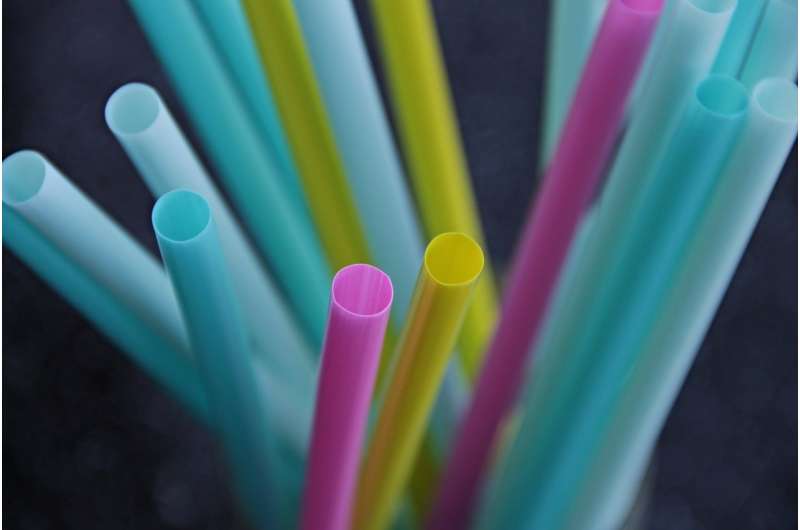Alternatives to plastic straws: Which materials are suitable?

Drinking straws are single use plastic products which will be subjected to a Europe-wide sales ban from 2021 onwards. This is stated in EU Directive 2019/904 from 5 June 2019. Consequently, alternative materials have to be established for the production of drinking straws as well as other frequently used products which predominantly were made of plastic so far.
As set out in the EU Framework Regulation for food contact material (Regulation (EC) No. 1935/2004), objects that come into direct contact with food must be safe. The German Federal Institute for Risk Assessment (BfR) has appraised straw, silicone, metal, paper and paper-board, durum wheat, and glass for their suitability to replace plastic in the production of drinking straws.
If frequently used, drinking straws made of silicone, stainless steel or glass are, in the opinion of the BfR, an appropriate alternative to plastic straws. Silicone is suitable as a food contact material (FCM) provided that its manufacture is compliant with the specifications of BfR recommendation No. XV. Metals and alloys (e.g. stainless steel) are also appropriate as FCMs, provided that the specifications of the Council of Europe Resolution regarding metals and alloys are met. Glass is also suitable for food contact. However, there is the risk of breaking. As a result, fragments of glass can get into the food or drink and in case of swallowing dangerous injuries can occur. Meanwhile, there are drinking straws made from particularly durable glass.
In case of single use, durum wheat (e.g. raw macaroni noodles) is an appropriate material for drinking straws from a health perspective. However, the noodles may decompose, particularly in warm and hot drinks, or over a longer time period, and become useless as a result. Furthermore, they may modify the consistency and taste of the drink.
Straws made of paper and paperboard are only useful if substances are added which prevent the paper from softening. These compounds are also known as wet-strength aids. Certain residues of these products, especially chloropropanols, can migrate into food. If the specifications of BfR recommendation no. XXXVI are met, no health risks are currently noted with the use of drinking straws made of paper and paperboard.
There are no risk assessments at the moment regarding the use of drinking straws made out of straw. The BfR recommends that straw is not used for this purpose with regard to potential health risks resulting from bacteria, mycotoxins, or other unwanted substances.
Regardless of the material, drinking straws used more than once should be cleaned thoroughly every time before using. If thorough cleaning of the drinking straws cannot be guaranteed, the BfR recommends that such multiple-use drinking straws are not used for reasons of hygiene. Furthermore, they should not have any sharp edges and should also be replaced if there are any signs of material damage (signs of wear and tear).
More information: www.bfr.bund.de/cm/349/alterna … als-are-suitable.pdf




















